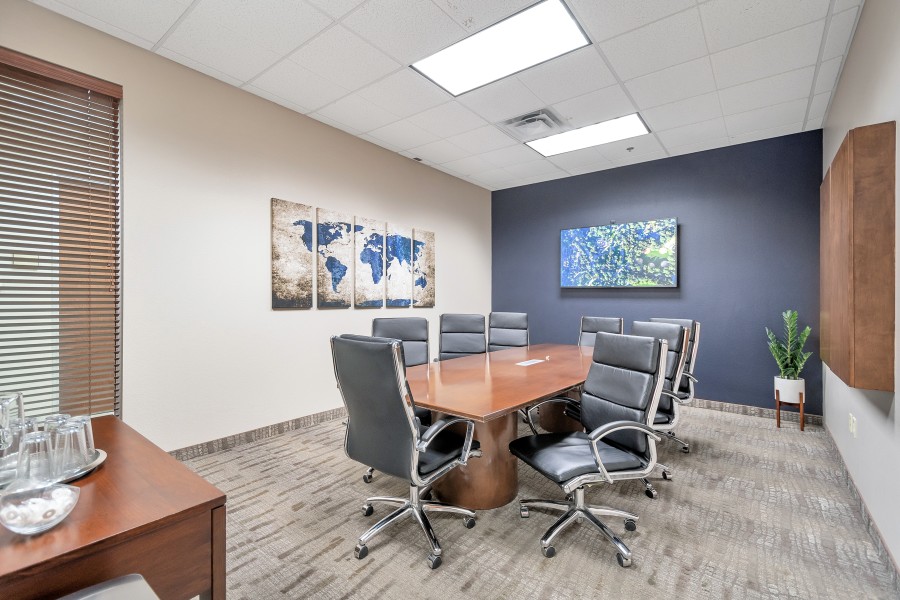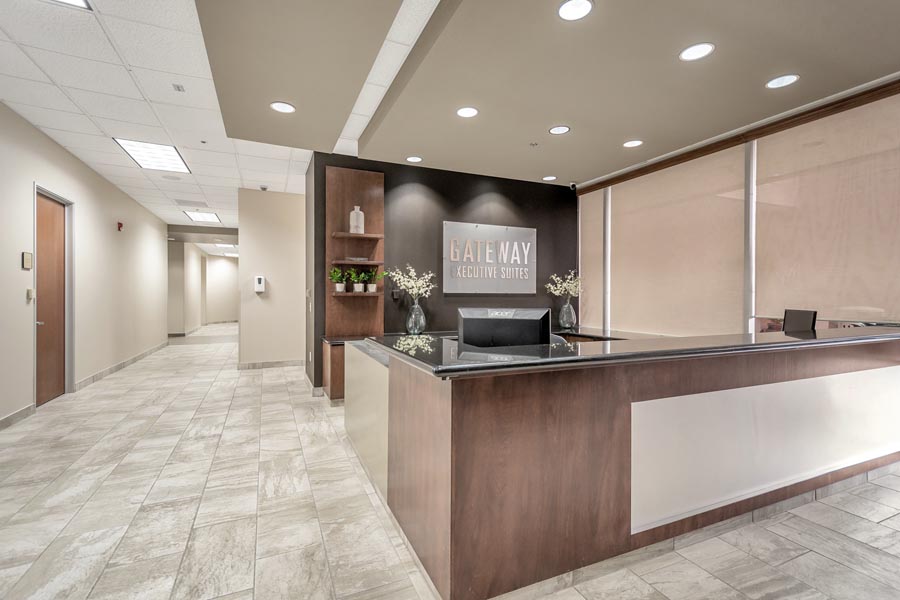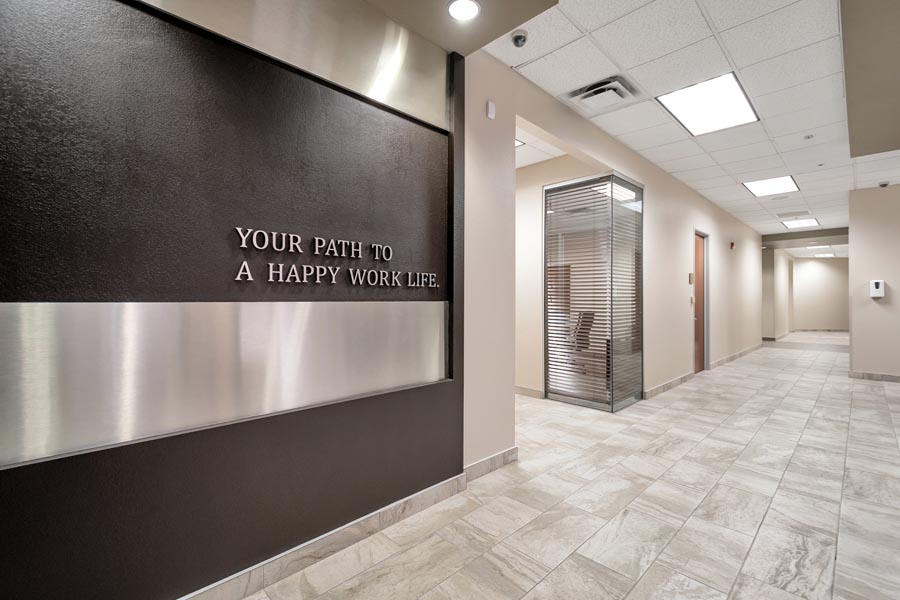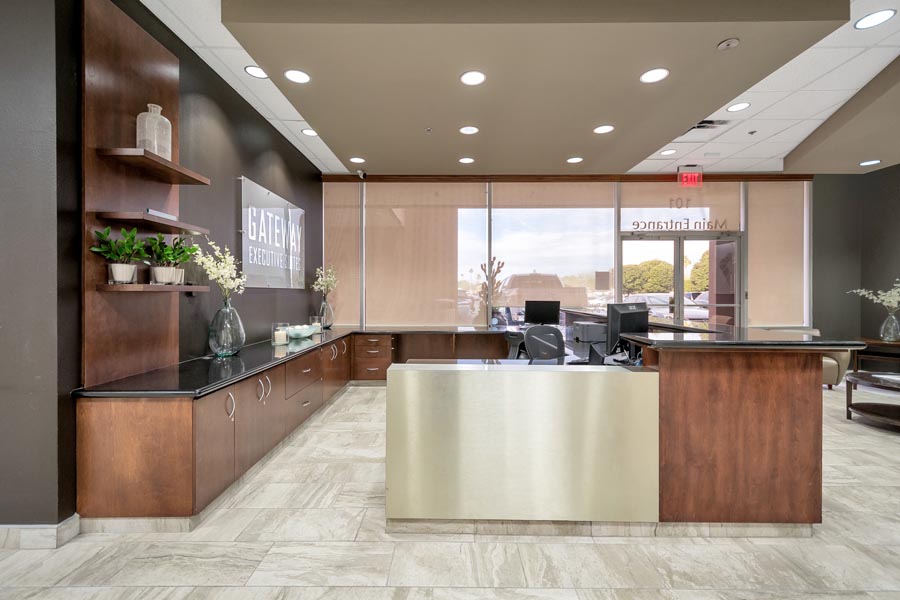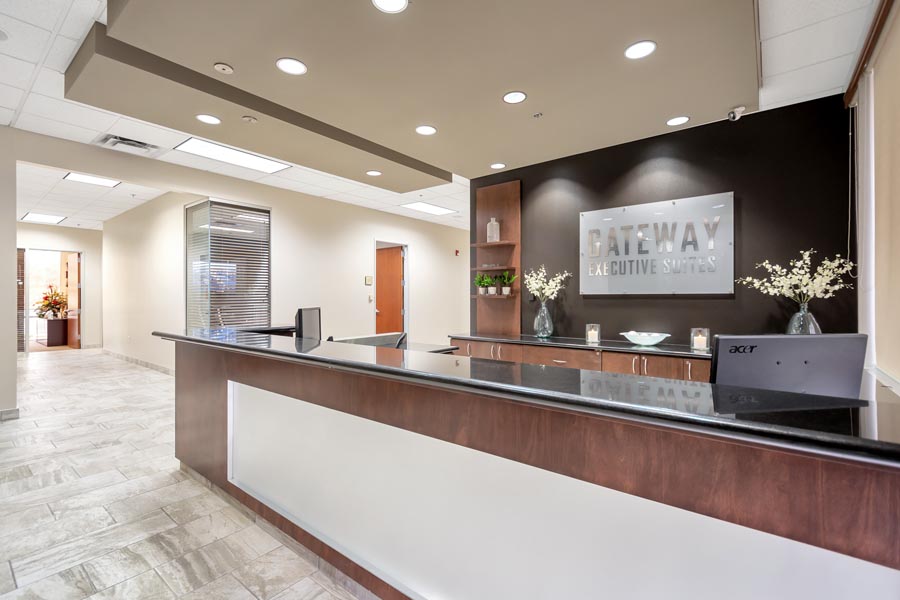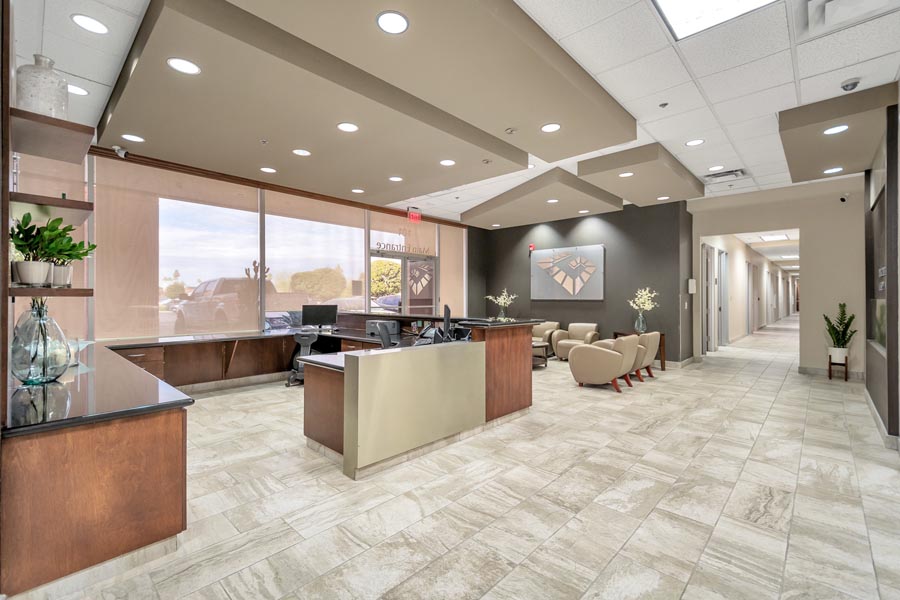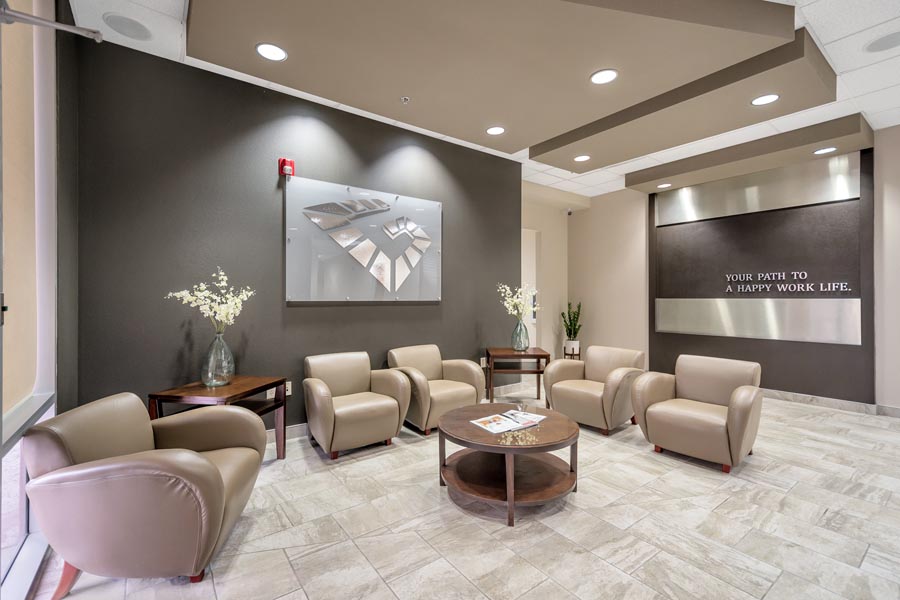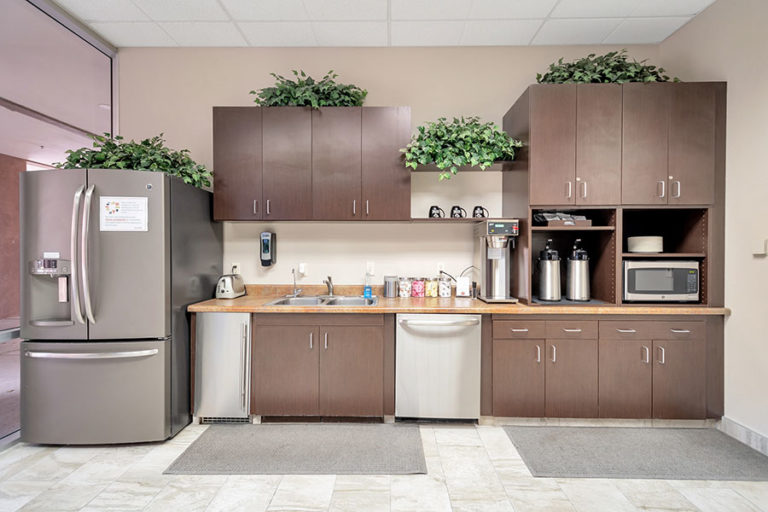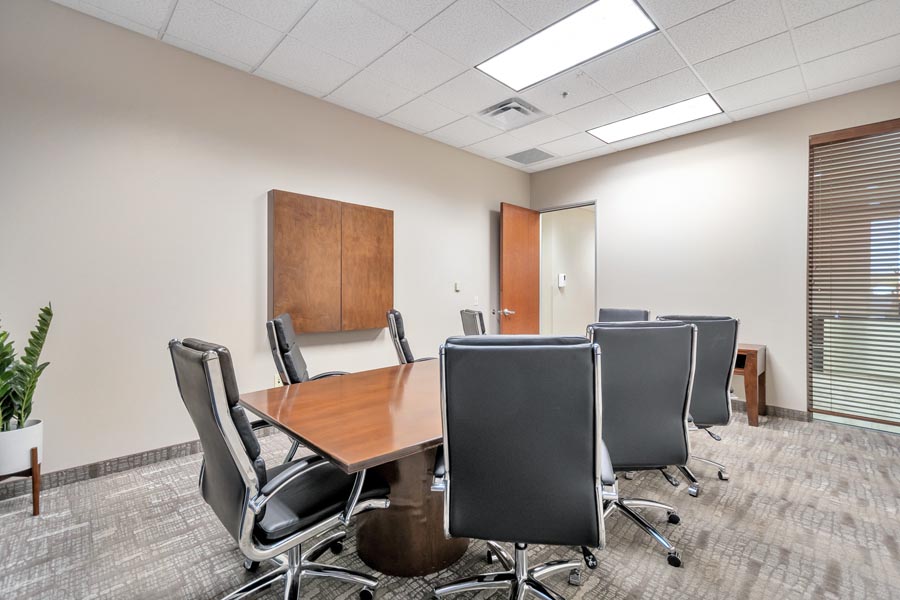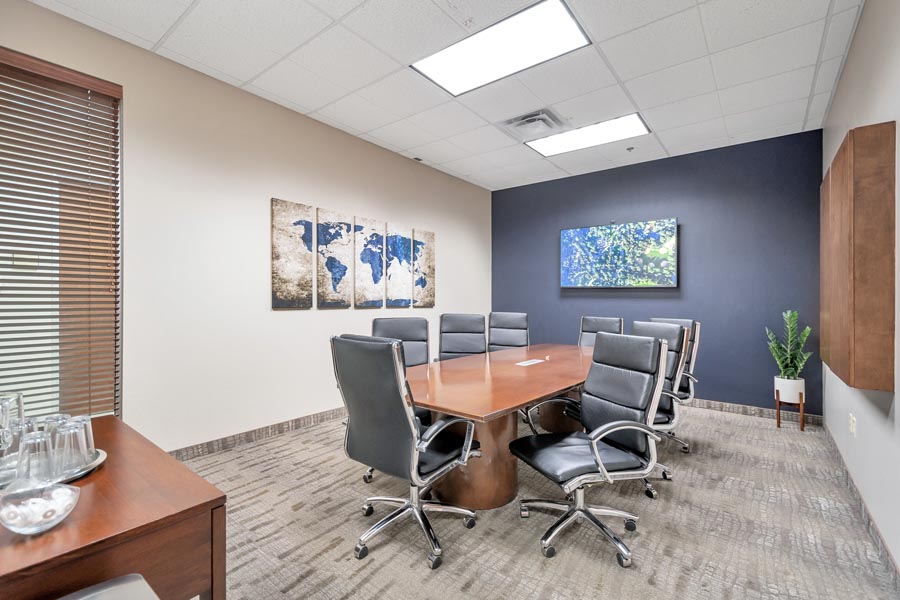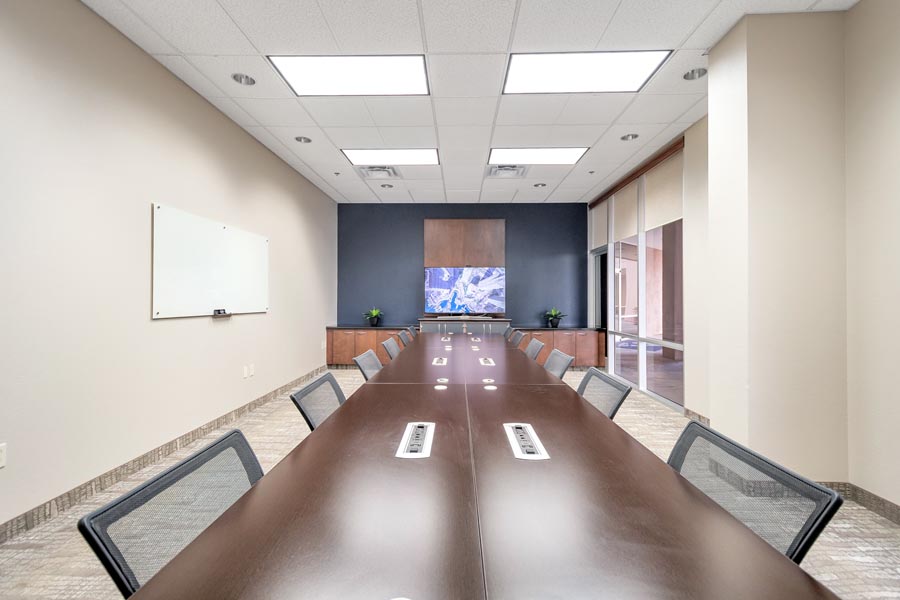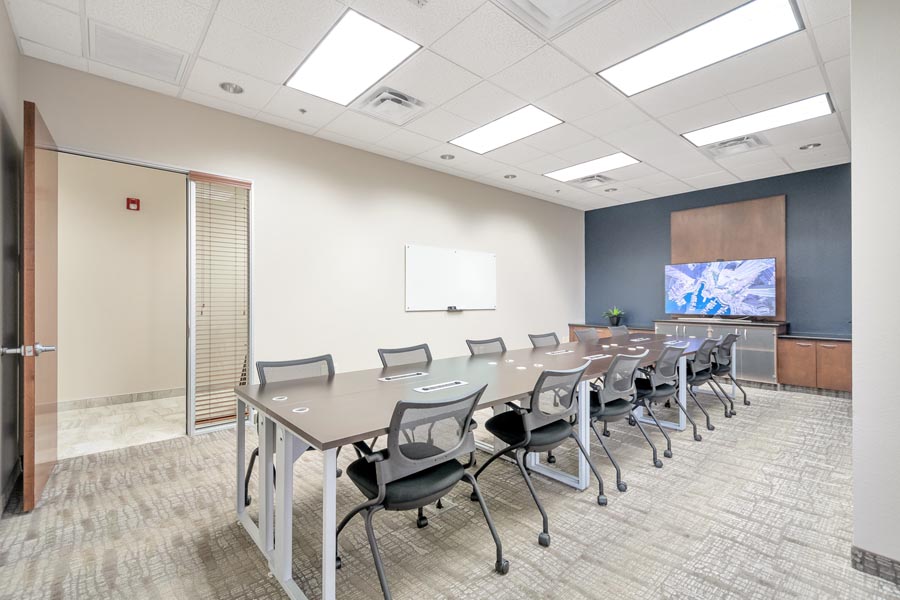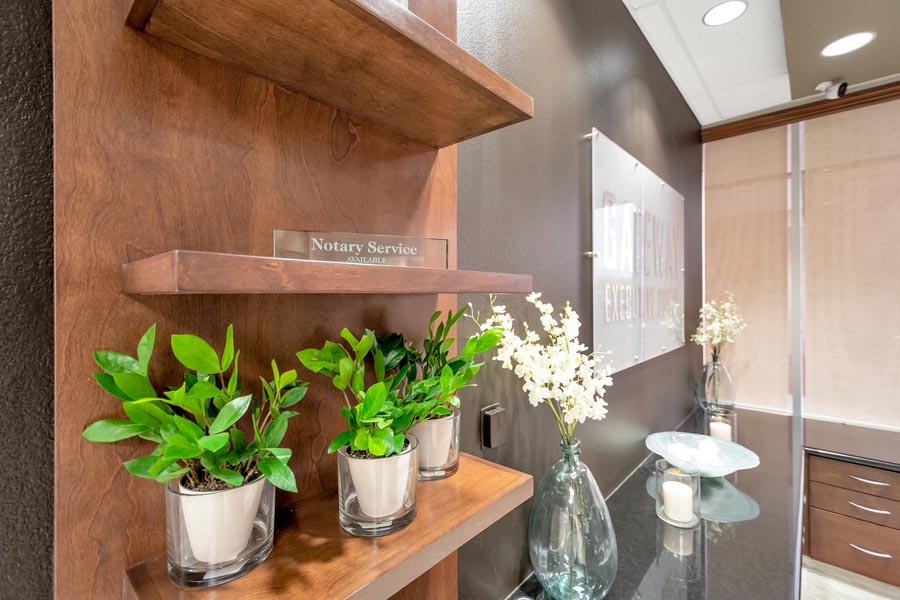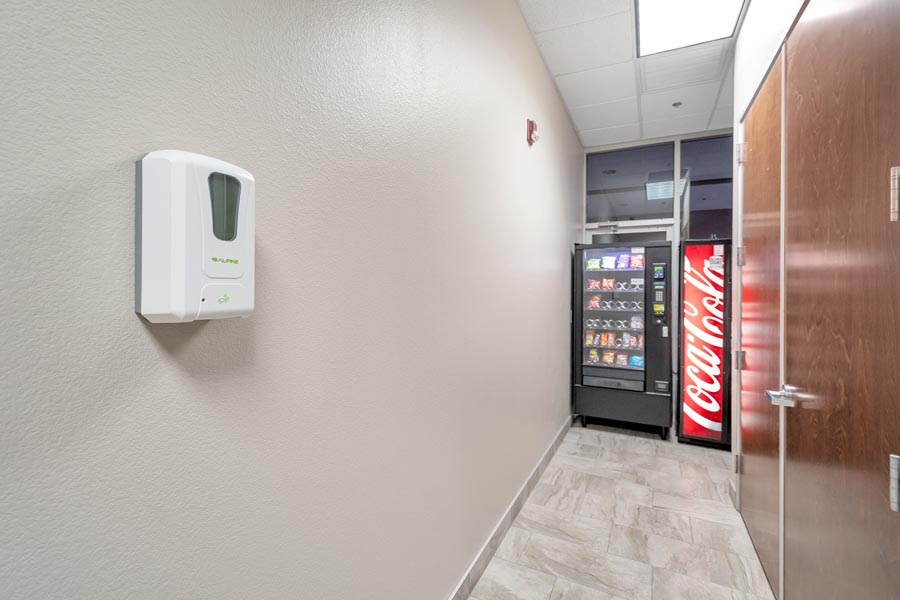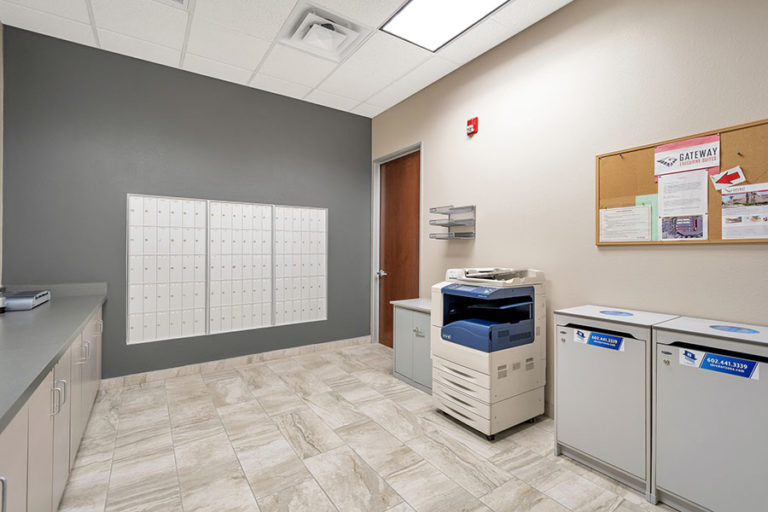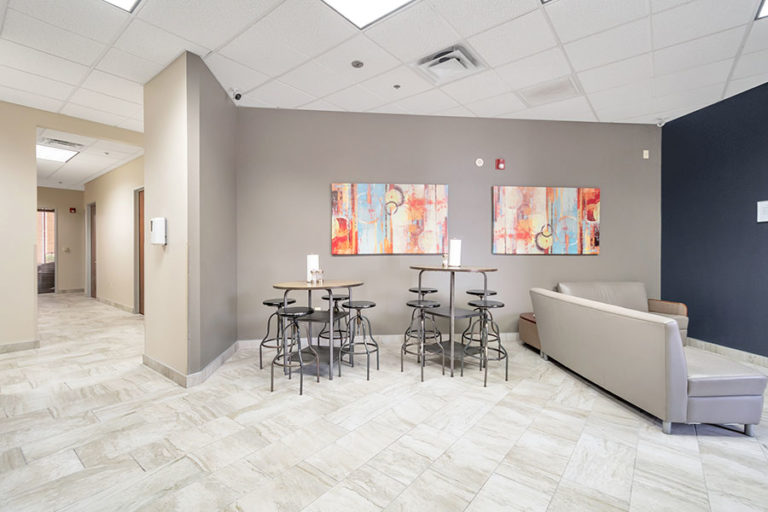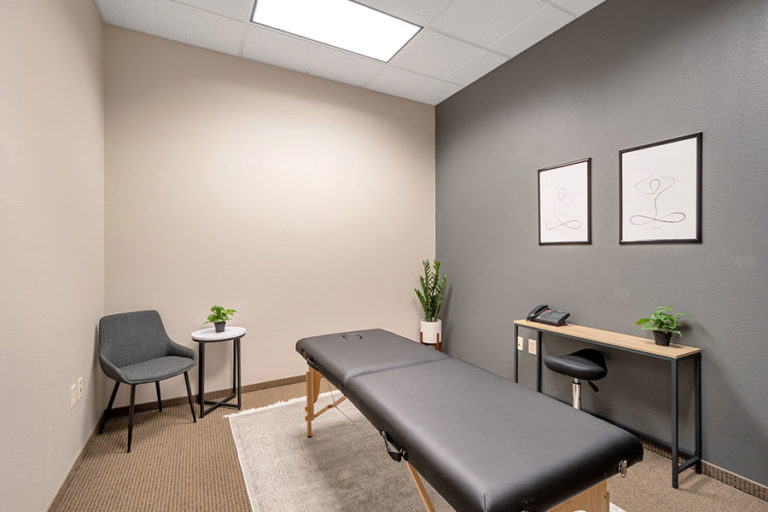Meeting rooms and conference rooms are essential components of any successful workplace. They provide a dedicated space for collaboration, brainstorming, and problem-solving. In today’s world, having an effective conference room setup is more important than ever. It helps to foster creativity, communication, and productivity. In this blog post, we’ll explore the power of conference rooms and how they can help unleash productivity in your workplace.
The Purpose and Importance of Meeting Rooms
Meeting rooms play a crucial role in the success of any workplace. These dedicated spaces provide an environment for employees to come together, collaborate, and solve problems. The purpose of meeting rooms is to facilitate effective communication and brainstorming sessions among team members. In today’s fast-paced and technologically driven world, having a designated space for meetings is more important than ever.
Meeting rooms not only foster creativity and innovation but also promote professionalism and productivity. They offer a private and focused environment, away from the distractions of the main office, where team members can concentrate on the task at hand. Additionally, meeting rooms provide the necessary infrastructure, such as audiovisual equipment and technology integration, to enhance presentations and discussions.
The importance of meeting rooms cannot be understated. They create an atmosphere that encourages collaboration and teamwork, ultimately leading to better problem-solving and decision-making. Whether it’s for daily stand-up meetings, client presentations, or team workshops, meeting rooms are essential for ensuring effective communication and driving productivity in the workplace. So, next time you step into a well-equipped meeting room, remember its purpose and the impact it can have on your team’s success.
Conference Rooms vs. Other Types of Meeting Spaces
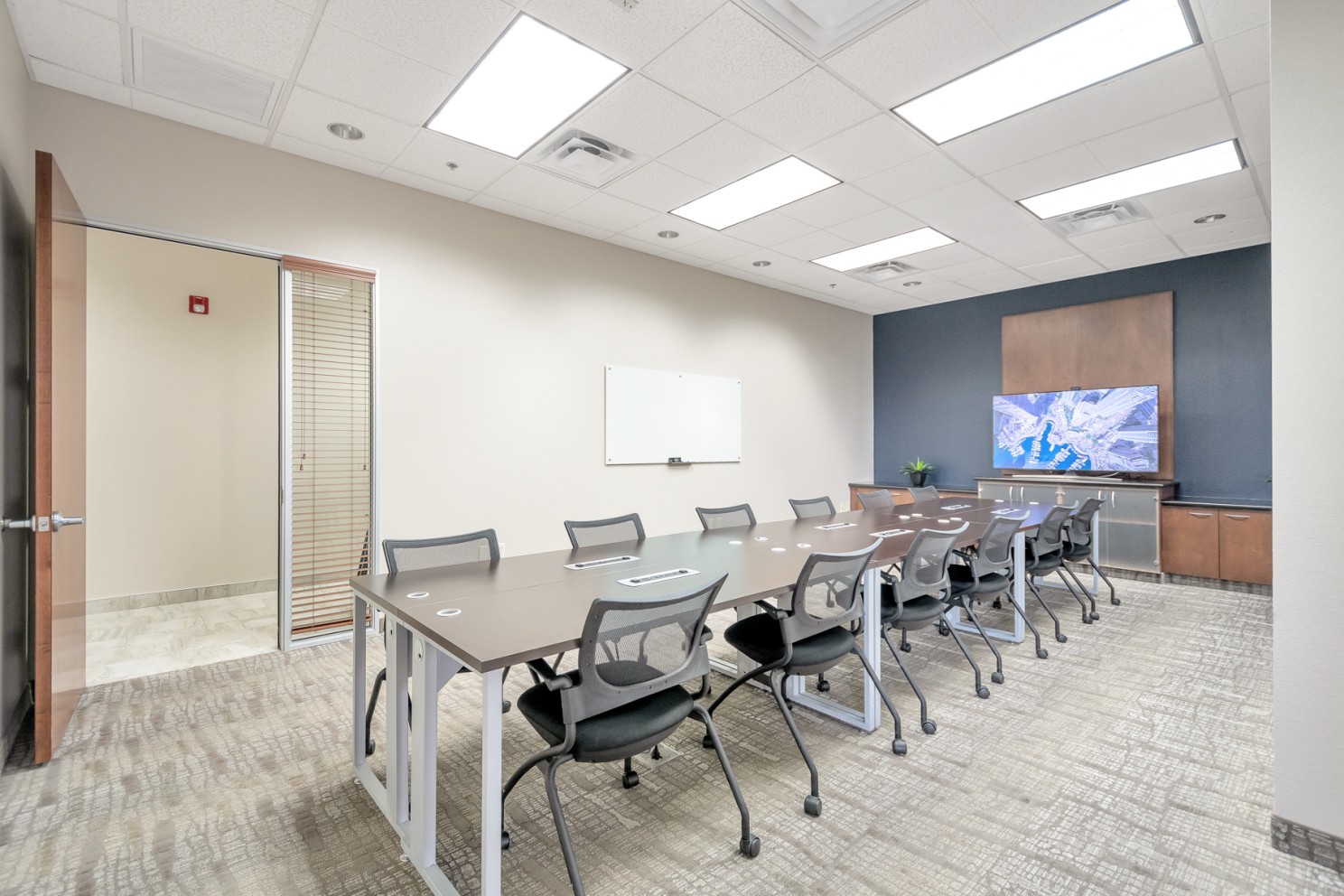
When it comes to choosing a meeting space, conference rooms are often the top choice for many businesses. However, it’s important to consider the various types of meeting spaces available and their suitability for different types of meetings. While conference rooms provide a formal and professional setting, other types of meeting spaces may be more suitable for certain situations.
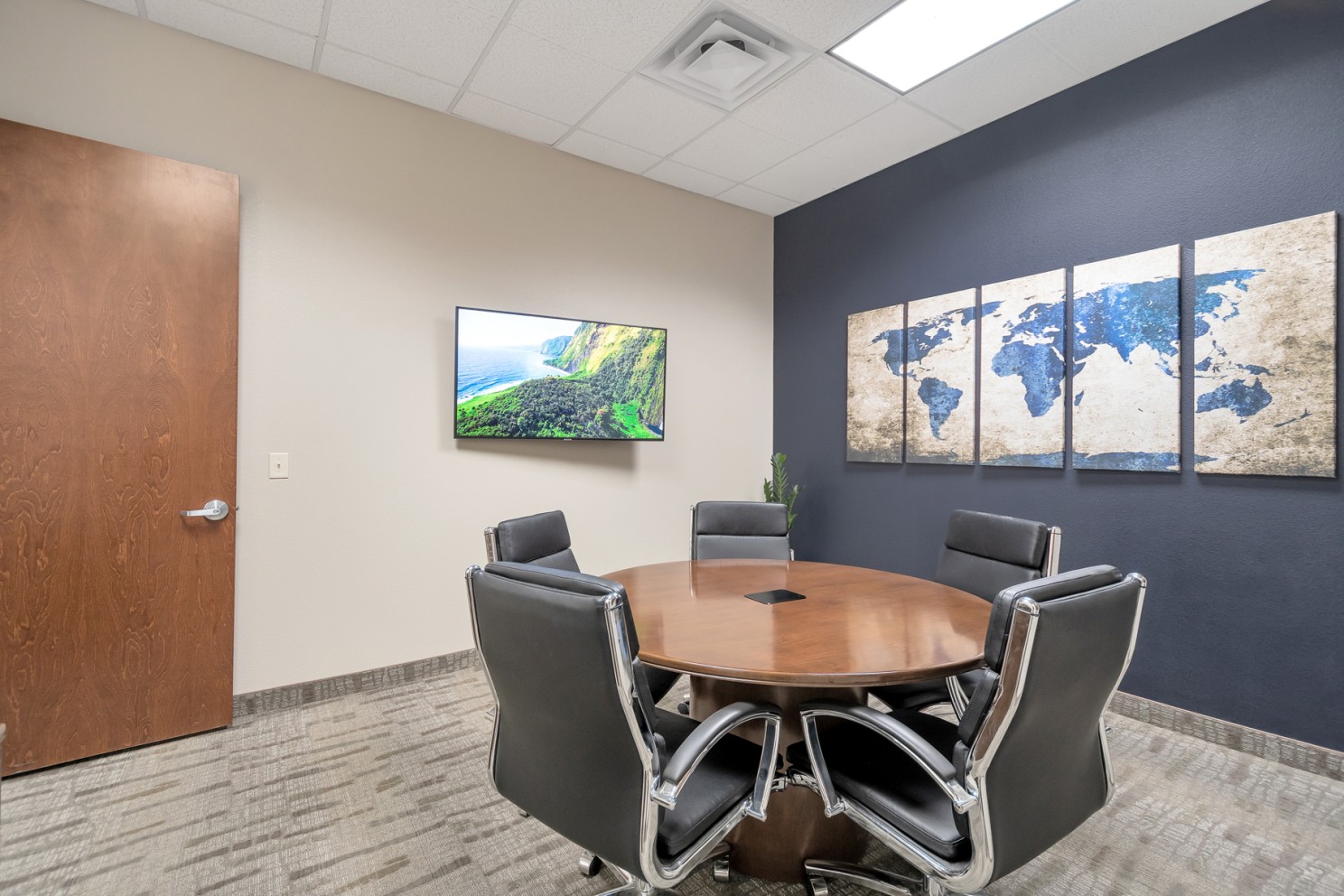
For smaller, more informal meetings, a huddle room or breakout area may be the perfect option. These spaces are designed for quick discussions and brainstorming sessions, allowing team members to collaborate in a relaxed and casual environment. On the other hand, boardrooms are ideal for high-level meetings with clients or important stakeholders, where professionalism and executive presence are key.
Flexibility is also a crucial factor to consider. Conference rooms are often booked on a regular basis, making them ideal for recurring meetings. However, for ad hoc meetings or meetings with external clients, PRN (as needed) meeting spaces or coworking spaces can provide the necessary flexibility and convenience.
By understanding the differences between conference rooms and other types of meeting spaces, businesses can make informed decisions when choosing the right environment for their specific needs. Ultimately, the key is to match the meeting space to the purpose and goals of the meeting, ensuring optimal productivity and engagement.
The Impact of Effective Room Design on Meeting Outcomes
The impact of effective room design on meeting outcomes should not be underestimated. The layout, furnishings, and overall ambiance of a meeting room can significantly influence the productivity and engagement of its participants.
Firstly, consider the importance of comfortable seating. Sitting for extended periods can be draining, and uncomfortable chairs can lead to distraction and reduced focus. By providing ergonomic chairs that promote good posture and support, participants can maintain their attention and actively contribute to discussions.
Furthermore, the arrangement of furniture and equipment can enhance or hinder collaboration. A well-designed meeting room should encourage face-to-face interaction and easy visibility of presentation materials. Consider the placement of whiteboards or presentation screens to ensure that everyone in the room has a clear view.
Lighting also plays a crucial role in meeting outcomes. Natural light has been proven to enhance mood and cognitive function, so incorporating large windows or skylights into the design can positively impact the productivity of attendees.
Lastly, the overall atmosphere of the room can greatly influence the energy and enthusiasm of participants. A well-designed meeting room should have a welcoming and inspiring ambiance that fosters creativity and innovation.
By investing in effective room design, businesses can create an environment that promotes collaboration, engagement, and productivity during meetings.
Technology Integration in Modern Meeting Spaces
In today’s fast-paced and technologically advanced world, meeting spaces need to keep up with the demands of modern business practices. Technology integration is a crucial aspect of creating effective and productive meeting spaces. By incorporating the latest audiovisual equipment, collaborative software, and communication tools, businesses can enhance the efficiency and engagement of their meetings.
One of the key considerations for technology integration is ensuring that the meeting room is equipped with the necessary hardware and software to support seamless communication and collaboration. This can include video conferencing systems, interactive whiteboards, and wireless screen sharing capabilities. By providing these tools, businesses can facilitate real-time collaboration between remote teams and enable efficient decision-making.
Additionally, businesses should consider the ease of use and compatibility of the technology in the meeting space. User-friendly interfaces and intuitive controls can help minimize technical difficulties and maximize productivity during meetings. It is also important to have IT support readily available to troubleshoot any issues that may arise.
Furthermore, businesses should consider the flexibility and scalability of their technology integration. PRN (as needed) meeting spaces that offer plug-and-play solutions can provide the necessary flexibility to accommodate different types of meetings and technologies.
By effectively integrating technology into modern meeting spaces, businesses can streamline communication, collaboration, and decision-making processes, ultimately unleashing productivity in the workplace.
Best Practices for Conducting Successful Meetings
To ensure that meetings are productive and effective, it’s important to follow some best practices. First and foremost, establish clear objectives and an agenda for the meeting. This will help keep everyone focused and on track throughout the discussion. Additionally, start and end the meeting on time to respect everyone’s time and maximize productivity.
During the meeting, encourage active participation and engagement from all attendees. This can be achieved by asking open-ended questions, allowing for brainstorming sessions, and creating a safe space for everyone to share their ideas and opinions. It’s also important to designate a facilitator or meeting leader to keep the discussion flowing and ensure that everyone’s voice is heard.
Another key best practice is to limit distractions during the meeting. This means turning off or silencing phones, laptops, and other devices that can take away from the focus and attention of participants. Encourage everyone to actively listen and be present in the discussion.
Finally, end the meeting with clear action items and follow-up steps. This ensures that decisions are made and progress is made after the meeting. By implementing these best practices, meetings can become more productive, efficient, and ultimately lead to better outcomes for the organization.
Optimizing Productivity Through Meeting Room Booking and Management
In order to truly optimize productivity in the workplace, it’s important to not only focus on the design and technology of meeting rooms but also on the booking and management of these spaces. Effective meeting room booking and management processes can greatly contribute to the overall productivity of an organization.
Firstly, having a streamlined and efficient booking system is essential. This can include utilizing a centralized calendar or scheduling software that allows employees to easily reserve meeting rooms. By eliminating the hassle of manual booking processes, employees can quickly find and secure the necessary space for their meetings, saving valuable time and effort.
In addition, proper management of meeting rooms is crucial. This involves ensuring that rooms are well-maintained, clean, and equipped with the necessary resources. Regular checks and inspections can help identify any issues or maintenance needs, ensuring that the rooms are always ready for use.
Furthermore, it’s important to establish clear guidelines and protocols for meeting room usage. This can include setting a maximum occupancy for each room, establishing rules for food and drink consumption, and implementing a fair system for prioritizing room reservations. By having clear guidelines in place, potential conflicts or misunderstandings can be minimized, leading to a smoother and more productive meeting experience.
Finally, regularly reviewing and analyzing meeting room utilization can provide valuable insights for optimizing productivity. By tracking metrics such as room occupancy rates, meeting durations, and attendee satisfaction, organizations can identify any inefficiencies or areas for improvement. This data can then be used to make informed decisions regarding meeting room allocation, technology integration, and overall meeting room management strategies.
By optimizing meeting room booking and management processes, organizations can ensure that their employees have access to the right meeting spaces at the right times, leading to more efficient and productive meetings. Book your room today. Let’s get started!
